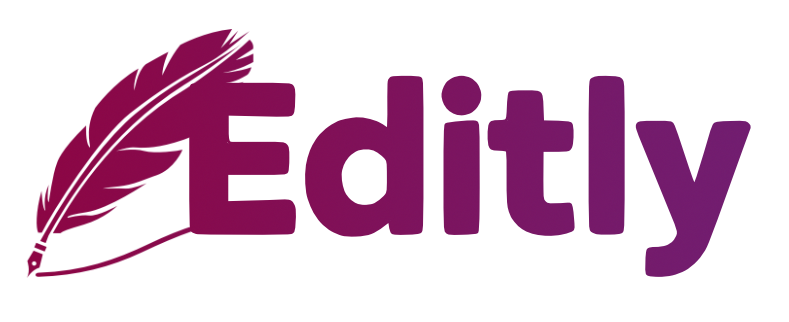Why most clients don’t want to manage their website (even if they say they do)
When clients say “I’ll manage the site myself”… but don’t really mean it
It’s a familiar moment for any freelance developer or small agency. You’re wrapping up a WordPress build, polishing the last few pages, and the client hits you with it:
“Thanks, this is great. From now on, I think I’ll manage everything myself.”
On paper, it sounds like the dream. A client who wants autonomy. No micro-requests. No follow-up calls to “just change one sentence.” Freedom, right?
But let’s be honest. How often does it actually work out like that?
The illusion of client autonomy
Clients genuinely believe they’ll take the reins. And for a week or two, they might even log in. Update an image. Change a phone number. But then… silence.
It’s not laziness. It’s friction. WordPress admin panels can be intimidating. Especially when builders like Elementor are involved. One wrong click, and suddenly the layout collapses. Panic sets in. And that’s when you get the call.
“Hey, sorry to bother you, but I tried to change the About page and now everything looks weird. Can you fix it?”
Clients want control—but not responsibility
Most clients don’t want to “manage” their site. What they want is to feel they could if they had to. It’s psychological. They don’t want to rely on someone for every small update—but they also don’t want the stress of breaking something.
They want a safety net. A simplified interface. Guardrails. Something that feels less like a control panel and more like a Google Doc.
The cost of fake autonomy
When we hand over a site with full backend access, unfiltered menus, and no clear instructions, we’re not empowering the client. We’re setting them up to fail.
Worse: we’re setting ourselves up for a pile of unpaid rescue missions.
That’s the hidden cost. The “quick fixes,” the re-training calls, the frustration on both sides. It’s not just inefficient—it chips away at the trust you worked so hard to build.
So what’s the better way?
The key isn’t locking everything down. It’s about shaping the experience. Giving clients just enough control to be useful, but not enough to be dangerous. Custom roles. Streamlined menus. A smart UI that guides rather than confuses.
Some freelancers build that layer manually. Others use tools like Admin Menu Editor to declutter the interface. And for those focused on safe content editing in Elementor, solutions like Editly offer a focused, no-risk editor made specifically for clients.
You’re not just a developer. You’re a translator.
Your role isn’t just to build—it’s to bridge the gap between tech and trust. Between what a client says they want… and what they really need to feel confident.
So the next time a client says they’ll manage the site themselves, smile. Nod. Then quietly prepare the tools that make it actually possible.
